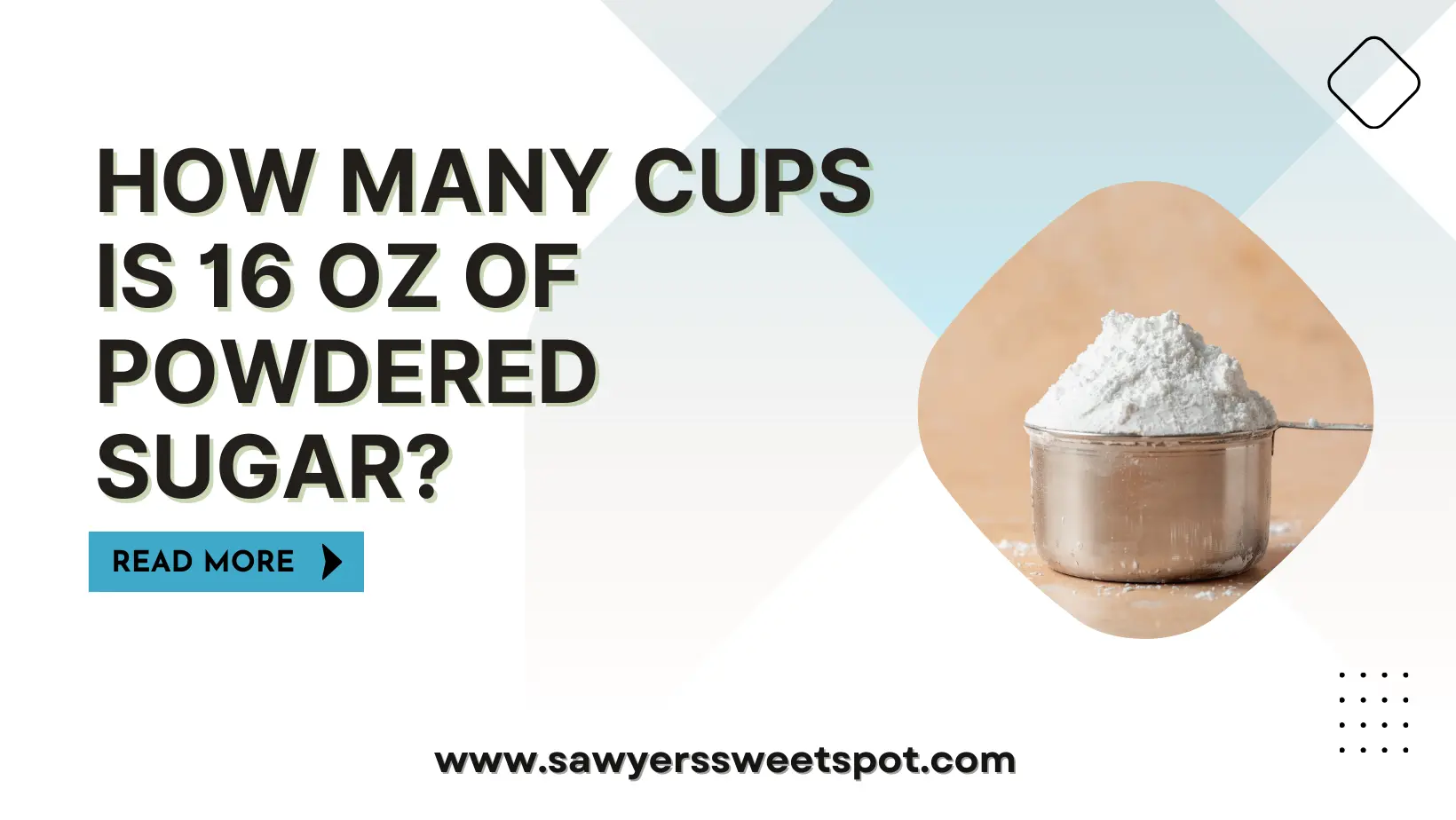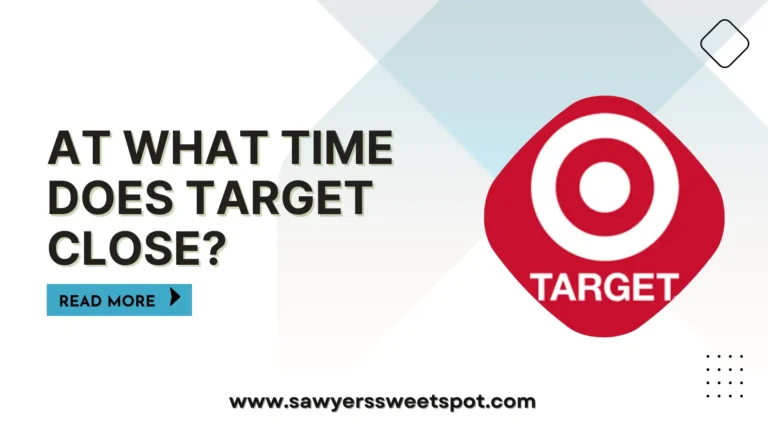How Many Cups is 16 Oz of Powdered Sugar?
Do you have a cake to bake and 16 oz of powdered sugar is what you need? You might also want to know how many cups is 16 oz. With this measurement, you will know how many cups to add.
We have made the calculation and you don’t need to worry about the exact number of cups to add but by reading down you will figure all that out and much more information about the weight of powdered sugar.

What is Powdered Sugar?
Confectioner’s sugar, icing sugar, and powdered sugar are all made of granulated sugar that has been ground up with a tiny bit of cornstarch.
As an anti-caking agent, cornstarch keeps the fine sugar powder from clumping together.
When a recipe calls for sugar that will dissolve rapidly and have a smooth consistency, this common type of sugar is utilized in baking.
How Do I Weigh Sugar?
If you want an accurate result, you have to measure the sugar the same way you measure flour for baking. But for the sake of first-timers or those who haven’t baked before, we would list steps for measuring powdered sugar.
- Gently fetch the sugar from the box with a spoon into the flour measuring cup
- Use either a ruler, baking knife, or any item that is flat to level the top of the sugar to meet the brim of the cup.
- Then weigh it to know what you have on a scale and use it if you achieve your exact quantity.
How Many Cups is 16 Oz of Powdered Sugar?
16 ounces of powdered sugar is calculated to be approximately 3.5 cups and this is to say that 16 ounces is equal to 1 pound box. Most people know that 1 cup is equal to 8 ounces though not always.
So when calculating what 16-powered sugar can be in a cup, know that it is exactly 3 1/2 cups while some can have 4 1/2 US cups depending on the kind of cup used and the measurement taken.
When Do I Measure the Oz of a Cup of Powdered Sugar?
Most people still don’t know the exact time they should finally measure the ounce of sugar they intend to use. Powdered sugar is to be sifted before being measured and used.
The best way to get this done is to pour the powdered sugar into a sieve or sifter place that over a bowl and gently shake it to get the most powdered ones out.
Whatever you collect from the sieve is ok and that’s what you pour into your cup and measure.
How Powdered Sugar is Produced
Powdered sugar is made by grinding granulated sugar, like cane or beet sugar, into a very fine powder along with corn starch. This turns the sugar into a light and fluffy product.
Others might have other processes of producing or making powdered sugar but this happens to be the best way, easiest, and most efficient to get what you want.
Things Powdered Sugar Can be Used for
Powdered sugar can be used in making a whole lot of items especially baking edibles such as cakes and icecream, chin chin, and a lot more. When getting powdered sugar, you might want to use it to make any of these:
- Cakes
- Cookies
- Cupcakes
- Glazes used on pastries
- To decorate dessert
There are many more items this sugar can be used for, so do well to know which it can be used for and which it’s bad for.
Should Powdered Sugar be Sifted?
Since it affects volume, sifting ingredients either before or after measuring is usually advised in recipes. Sifting is mostly done to aerate the component and get rid of any big clumps.
To prevent a grainy texture, it is generally recommended to sift powdered sugar before preparing frosting or icing. Powdered sugar can be sifted with a whisk, sifter, or sieve.
Since sifted sugar is fluffier and lighter than unsifted, it will occupy more volume in a measuring cup.
Can You Use Granulated Sugar for Powdered Sugar?
Powdered sugar and granulated sugar have very distinct textures and yield surprising outcomes, thus they should not be used interchangeably.
In icing or frosting recipes, regular sugar will not dissolve or blend well, and the result will be a very gritty texture.
But be aware that some baked foods, like brownies or cookies, may have distinct textures if you substitute sweeteners.






